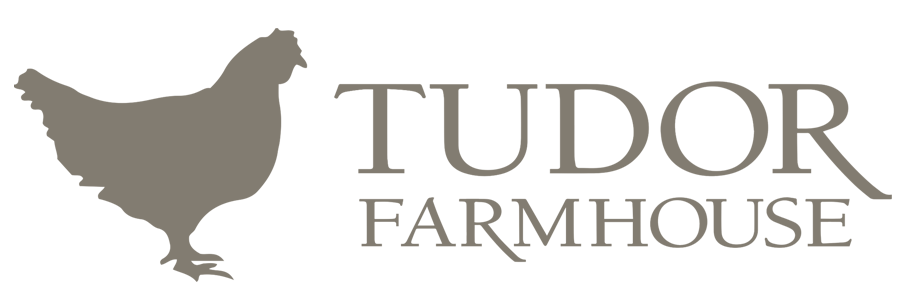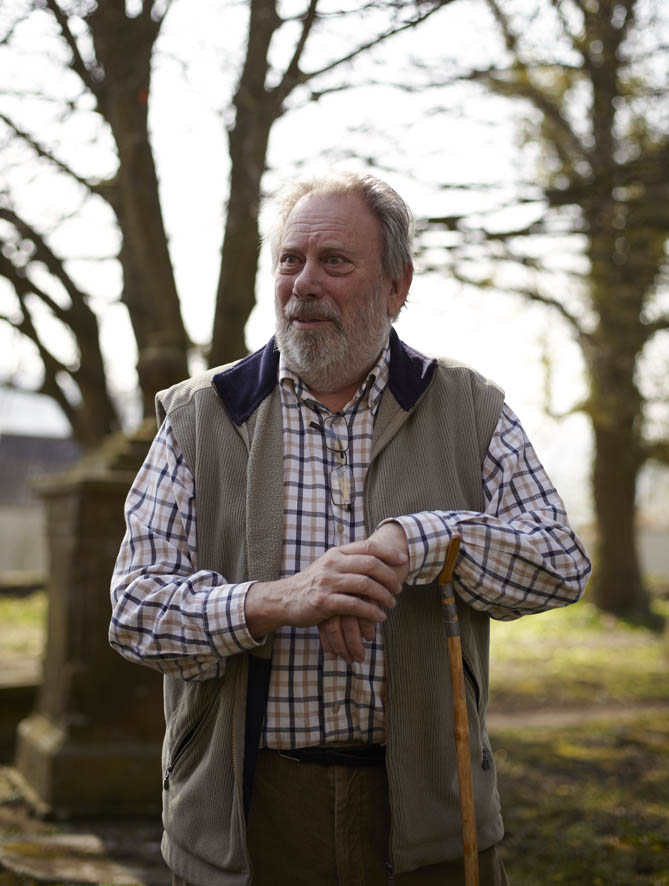Nothing is more rewarding than finding and hand-picking your own foods, then taking them back to the kitchen and experimenting with flavours to create something delicious, as 70-year-old forest forager Raoul van den Broucke explains
Q – Where did you grow up and what was your route into foraging?
A – I live in Monmouth but I grew up in Belgium and my grandmother took me out foraging because she was a shepherd’s daughter – they go from place to place and do not settle. I also lived in Portugal for 20 years and later started selling the mushrooms I’d foraged to Antonio Carluccio – no-one was talking about mushrooms in the ‘80s except Carluccio. I don’t sell so many mushrooms any more though. I just take people out to find them and I talk about them. I was selling wild garlic in the ‘90s to the French. They have it, but not in the southern part near Spain. They couldn’t believe the leaves are so juicy. Eat the leaves, then the flower.
Q – Is foraging your day job?
A – No, because I am retired. I do take people out on organised trips though whenever they ask and I can make time. I want to pass on my knowledge so it is not lost. I sometimes call myself more of a food designer.
Q – What unique treats can the Forest of Dean offer that other areas of the UK cannot?
A – All kinds of edible mushrooms are growing here, even truffles. I make a deal that all guests who come foraging with me should discover five edible items every time we go out. That could include velvet shank, wild garlic, mustard garlic and sweet cicely, for example. It has to be special to eat, not normal. If I can take it and sell it to a top chef, that’s proof that it’s a delicacy. Foraging for me has to be about delicacy, like mirabelles – cherry plums. At this time of year you have hop shoots from Humulus lupulus (hops), which sell for big Euros in Italy, but you can get these in the wild here. Did you know that you can eat dandelions? But you need to leave them in a plant pot for a week and then eat them. Flowers of dandelions can be put in salads. Feed them to chickens and the egg yolks will go very orange.
Q – To what extent do you aim to educate your tour-goers about the lifecycle of plants?
A – For me it’s about finding things that are real and that they didn’t know were on their doorsteps for free. I’m 70 and want to share my knowledge. I tell stories about the mushrooms. They talk to each other. People laugh, but the point is that the mushrooms split open in their early stages when they’re coming up and it’s to release their spores. They do this to reproduce because mushrooms need company.
Q – From your perspective, how has storytelling about the origins of food changed customer behaviour and restaurant/chef behaviour?
A – It’s all about being creative these days. In the ‘80s it was about steak and chips and prawn cocktail. People are much better educated about food these days because of all the chefs on TV. For me, one of the nicest things about food is to know something not commonly known by anyone else. For example, sweet cicely is a pretty plant with feathery leaves and white flowers in summer. It smells of aniseed and what are nicest of all are the unripe seeds. They grow on top and are juicy so you can eat them.
Q – Give us your top foraging tips.
A – Go foraging on your own and all mushrooms look the same. My tip is to learn one mushroom every year. Look it up in the shops and compare it with other varieties. Even I don’t know them all; all I do know is that it is or isn’t edible or if it is poisonous. If you’re wondering if a particular mushroom is a St George, sniff it. If it smells of chamois leather, then it’s a St George. Some mushrooms smell like bleach, some smell like perfume. But don’t be fooled because when it’s cooked, the bleach smell is gone. I never experiment with mushrooms though. Never eat something unless you know exactly what it is. The miller is a beautiful white mushroom, but there are some varieties that look so similar that you have to be absolutely sure. With hop shoots, touch it, feel it, recognise it. Learn one thing at a time.
Q – Does it concern you that foraging is in-vogue? Is there a danger that our countryside may become over-foraged?
A – No, as long as people do what they should do. Think about mushrooms in Italy. They still pick mushrooms in abundance and they have since Roman times. They pick mushrooms in the proper way so it’s about ensuring if people do go foraging that they learn how to pick plants, herbs and fungi so you don’t destroy the mycelium (roots of the mushroom). Make sure there’s enough left to allow the seeds to disperse and make sure there’s something left for other people. Again, sweet cicely is an example of this. Take the seeds, but leave some for the next year.
Fancy becoming a amateur forager? We enjoy a great relationship with Raoul and regularly organise foraging trips for guests of the hotel. If you’d like to escape to the Forest of Dean and experience a taste of the woodland, visit www.tudorfarmhousehotel.co.uk for details of group foraging trips. Individual foraging can also be arranged subject to availability.

